Samsung Galaxy S23 Ultra tested — how good is the 200MP camera?
This is what a 200-megapixel sensor can do
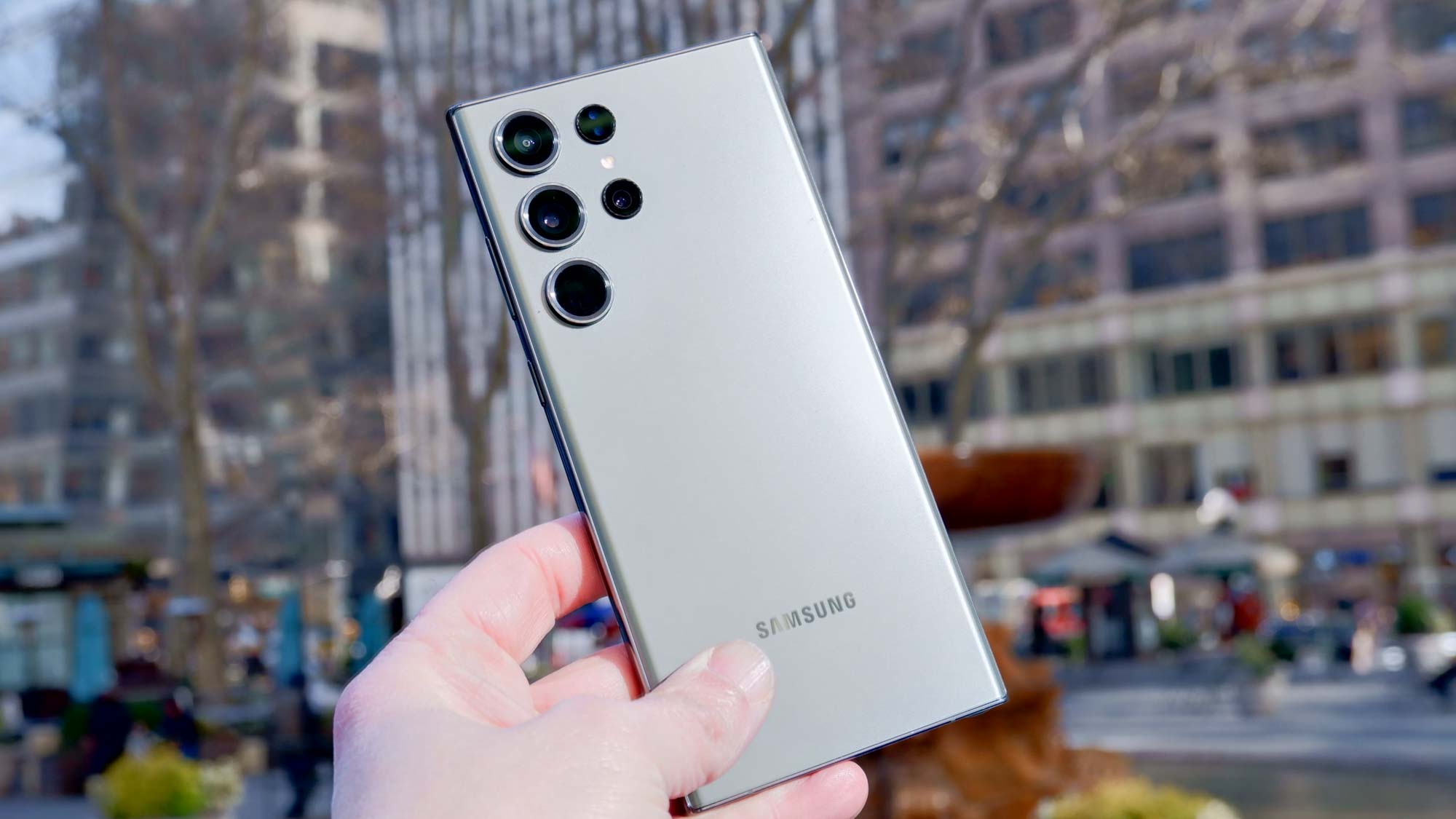
The Samsung Galaxy S23 Ultra has one of the most impressive camera setups on any recent smartphone, making it our pick for the best camera phone. Chief among the top features is a main camera that can take images at up to 200MP resolution. But since shooting in 12MP (and 50MP) is also available, users have a surprising amount of choice. So how are you meant to use these different camera modes?
After trying out both of these photos modes, I'd say the 200MP setting on the Galaxy S23 Ultra is a niche feature. While it offers nine times as much detail as the default 12MP photos, it's less practical to use most of the time, and even when it is a viable option, 200MP won't always produce a better-looking photo.
However, there's still a point to the 200MP photo mode. You just have to be judicious about how and where you use it. And hopefully my experiences below will help you understand where the strengths and weaknesses of the Galaxy S23 Ultra's signature feature lie.
Samsung Galaxy S23 Ultra 12MP vs. 200MP photos: Sample images
Let's see how the the 200MP and 12MP camera modes actually match up in some image comparisons, starting with these dueling shots of some flowers.
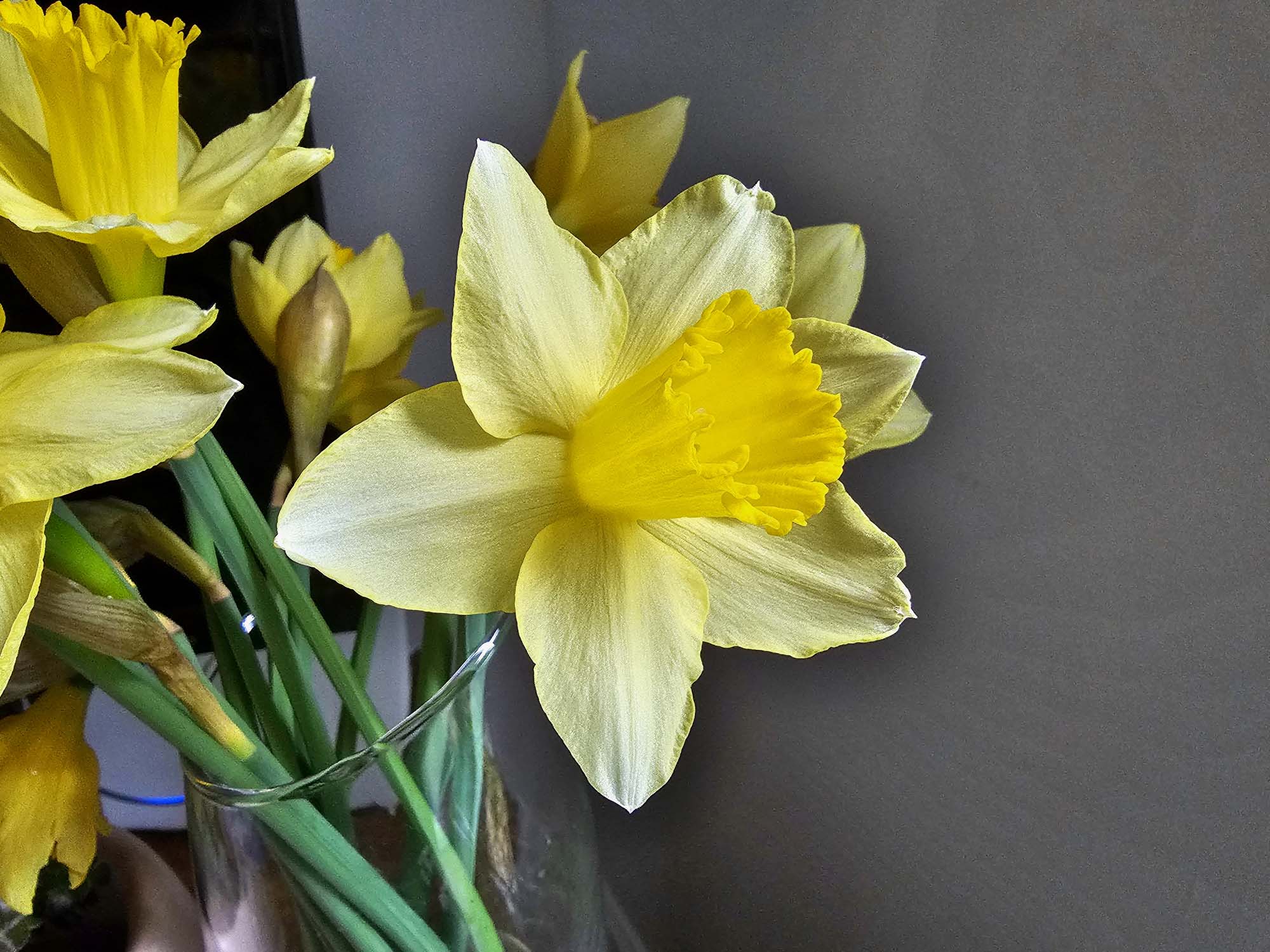
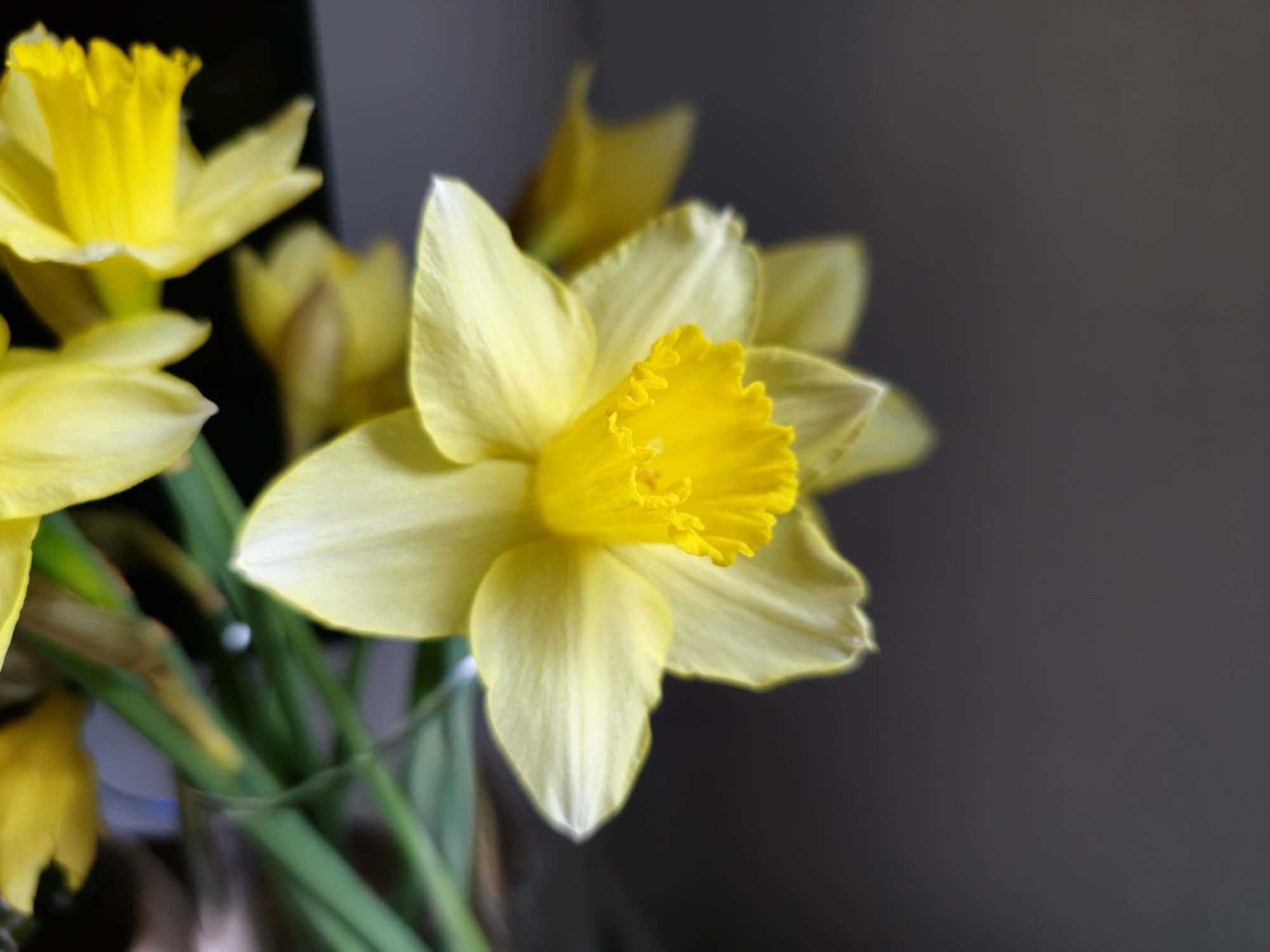
The 12MP version is much noisier, though it turns out to look rather pretty despite the limited lighting. The 200MP shot seems to have a much narrower field of view, and is more softly focused.
Closer up, the sharp focus in the 12MP shot lets you see more detail in the petals. Colors are similar in both shots, but the 200MP's hues seem a touch richer. It looks nicer like this, even if it's not quite as accurate to the real scene.
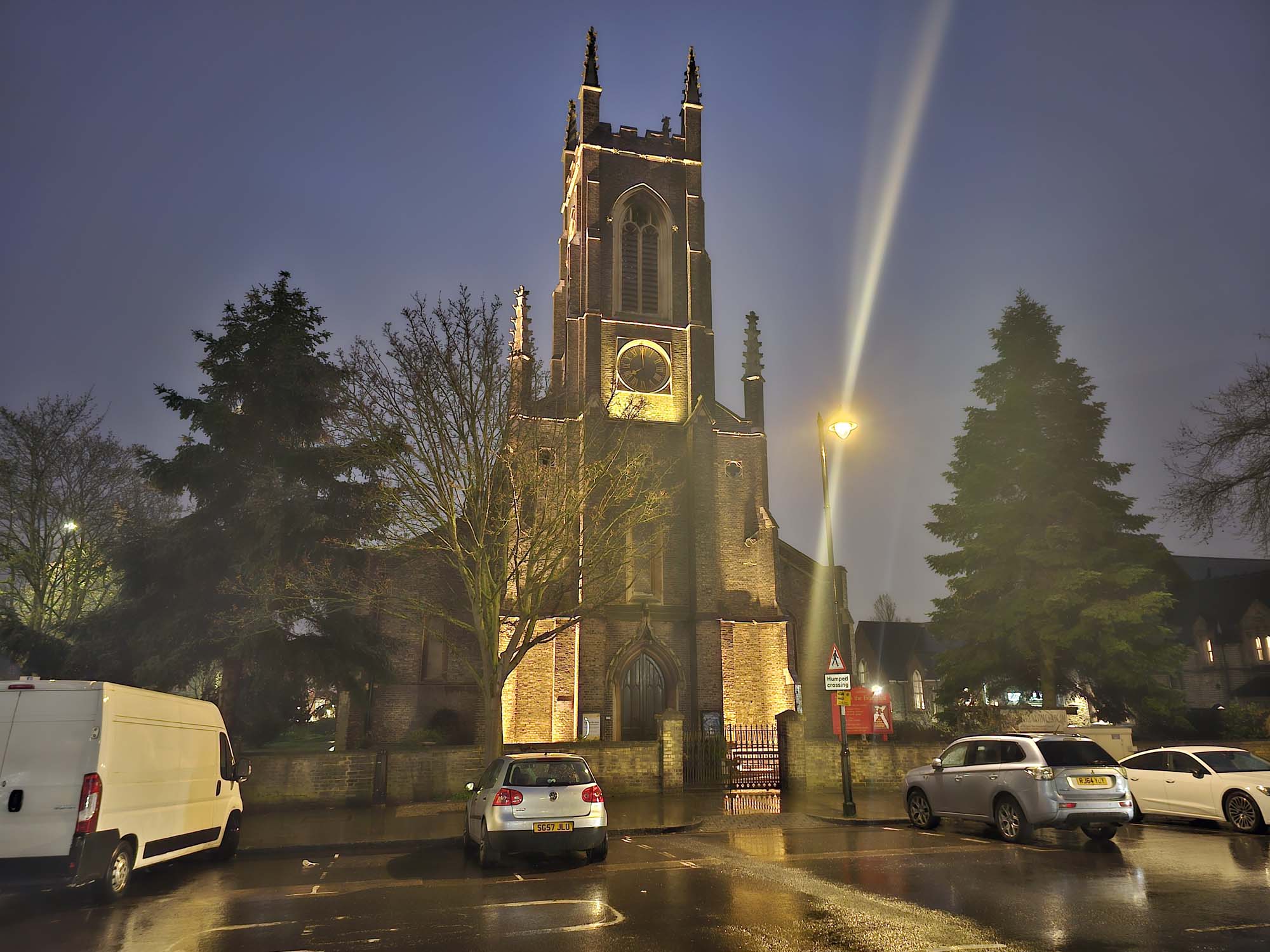
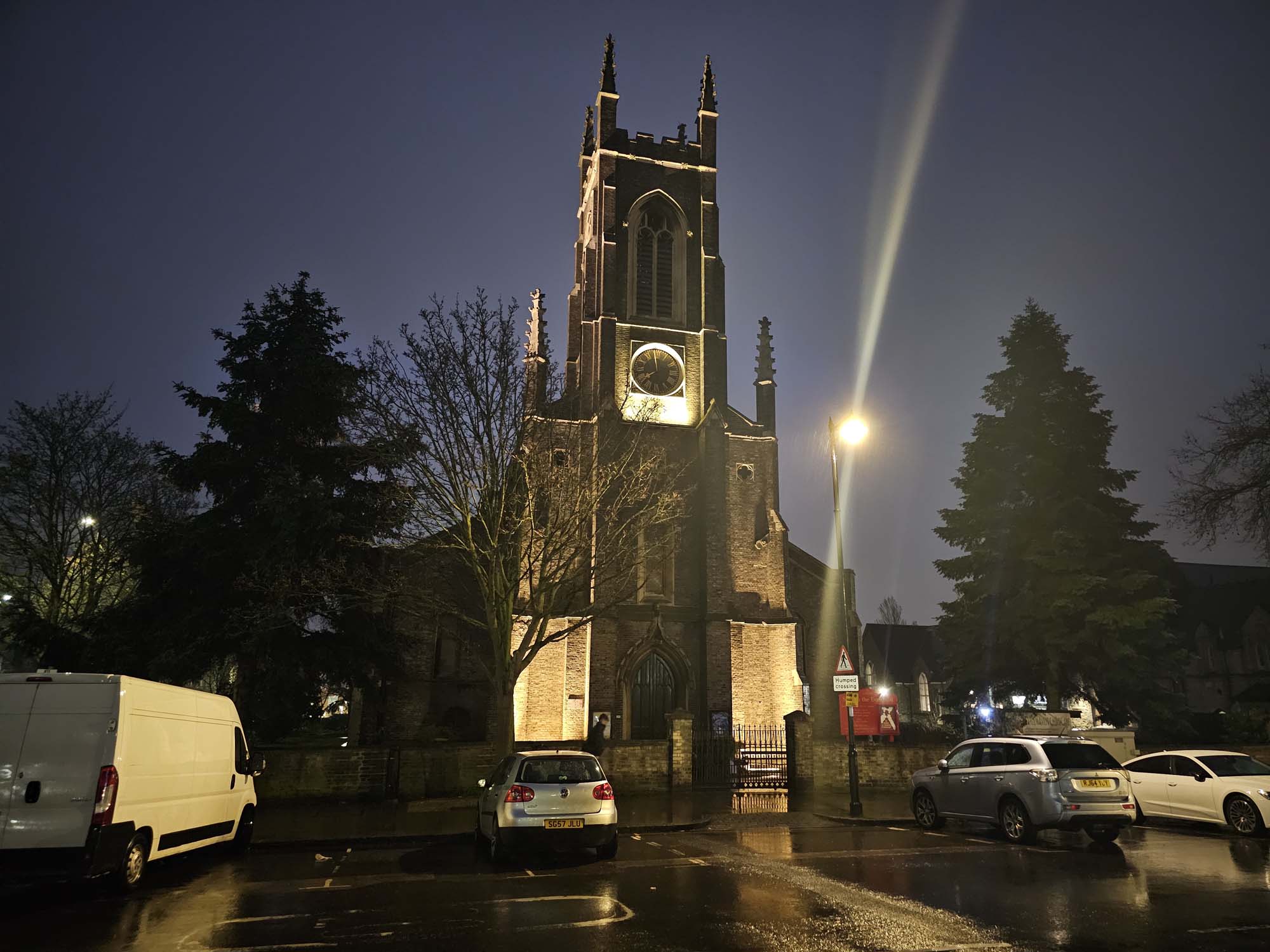

These nighttime shot of the church is pretty similar in terms of color and lighting, although I love how clear the streaks of rain are in front of the street lamps on the 200MP image. The first two images in the above gallery were taken without night mode for a more even comparison, as night mode isn't available when shooting in 200MP.
Get instant access to breaking news, the hottest reviews, great deals and helpful tips.
To see what night mode brings to the table, click to the third image in the gallery for another 12MP shot, this one able to take advantage of the S23 Ultra's low-light photography features.
Comparing the 200MP shot to the 12MP night mode one, we can now see a much more marked difference. The lower-res one is less grainy, with an overall more balanced color palette that helps us see the details of the church, the trees and the road in front more clearly.
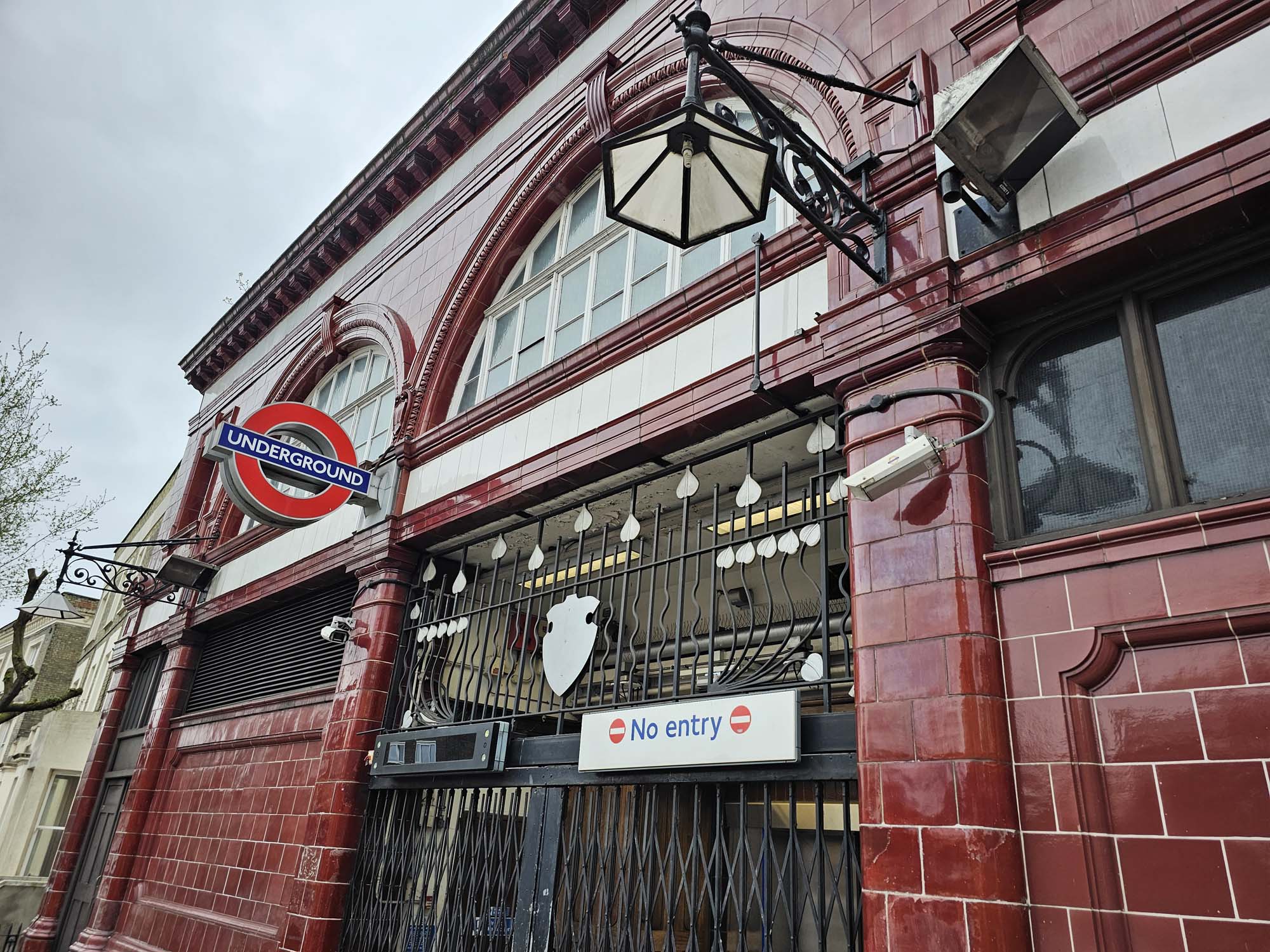
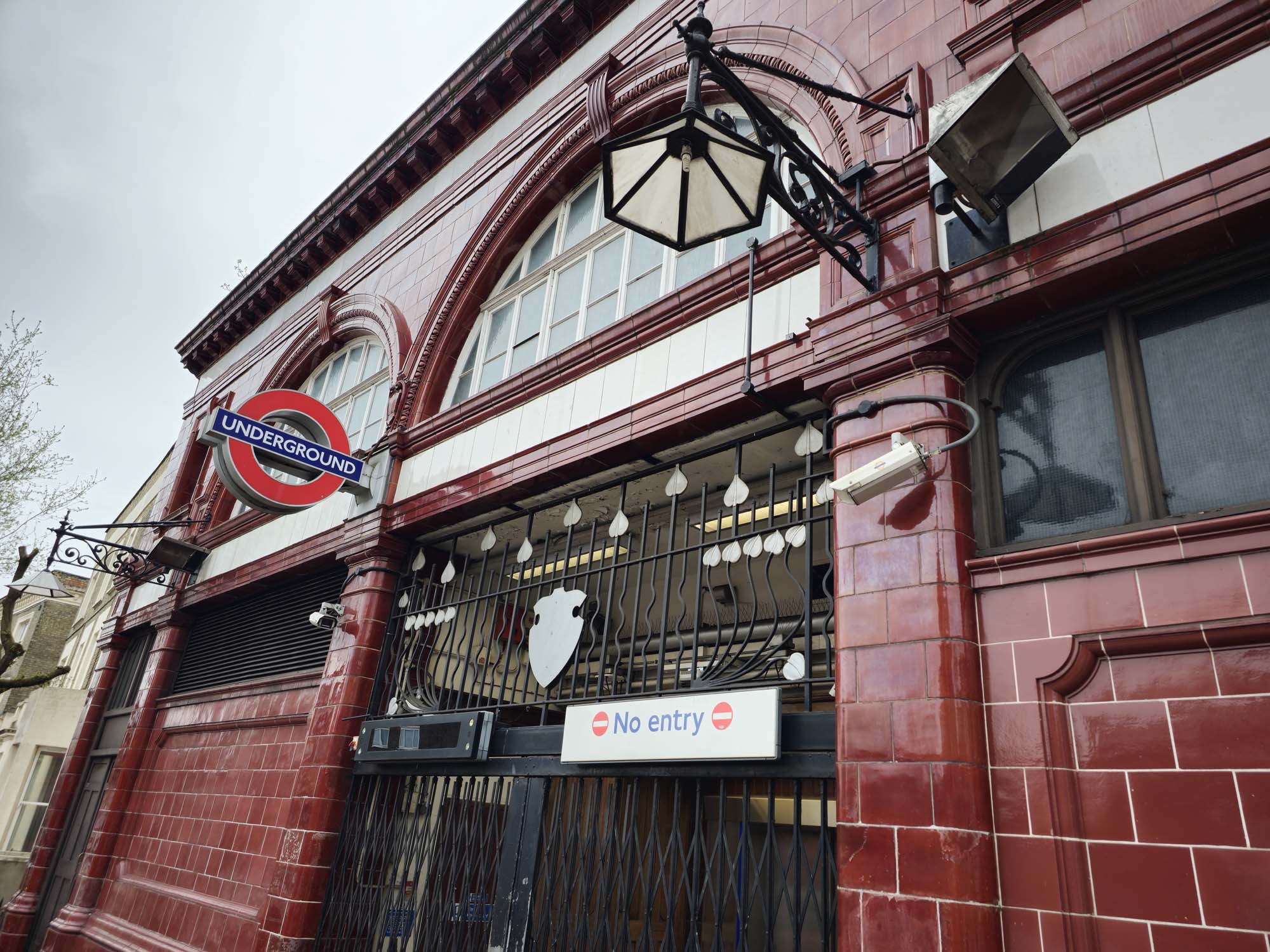
In this comparison of the exit gate at Tufnell Park Underground station, we can see a problem with the dynamic range of the 200MP shot. The brighter objects in the shot, such as the sky or the no entry sign, are blown out and therefore lack detail. The 12MP shot with its larger virtual pixels is able to deal with this much more effectively.
The 200MP version does win some points back for showing off the ironwork in detail though.


Now we come to this shot of me, a stand-in for our usual portrait mode comparison. (As with night mode, you can't do portrait shots in 200MP.) The colors are more saturated in the higher-resolution shot, and not necessarily to the 200MP mode's advantage. But the extra detail means I could fairly easily crop this image to just a head shot if I wanted, which is proof of how flexible these enormous images can be if you're indecisive about what you want to capture.
As with other shots, some things remain in sharper detail in the 12MP photo. Compare the writing on my hoodie in the two shots. It's much more focused in the 12MP version, while the 200MP photo looks a little more blurred.
Samsung Galaxy S23 Ultra 12MP vs. 200MP photos: How does it work?
By default, the Galaxy S23 Ultra main camera captures photos at 12MP, rather than at the full 200MP. It manages this by pixel-binning — combining 16 pixels together into a single virtual super-pixel — to take images that take up less room on your phone. In theory, this approach offers other photo quality benefits, too, such as better colors and brightness since each super-pixel can capture more light information than a normal one.
This is the same approach that the 50MP mode uses too, except this bundles groups of four pixels together instead of 16. However, as it's effectively a midpoint between 12MP and 200MP images, we'll be focusing on the two extremes for the rest of this camera mode face-off to better show the differences.
Samsung Galaxy S23 Ultra 12MP vs. 200MP photos: Photo size and speed
Looking at the size of shots we've taken, a 12MP image on the Galaxy S23 Ultra, can take up to around 2 to 4MB of space. A 200MP image usually weighs in at least 30MB, with some of my test shots occupying closer to 40MB of space. So taking photos at the S23 Ultra's full potential means you'll fill up the on-board storage up to ten times as quickly.
I also timed how long it took the Galaxy S23 Ultra to take 12MP and 200MP shots. Hammering the shutter button in the camera app, I was able to take a photo about every half a second by default. For 200MP, there was around a 2-second delay between each shot, which is fine if you're aiming your photos carefully, but makes it more difficult to snap multiple photos in quick succession, like if you were trying to capture a moving object.
The S23 Ultra also takes another few seconds to "refine" its 200MP shots, which doesn't impact the speed with which you can take photos. But it does mean you'll have to wait to see the final version of the image before knowing if the shot turned out properly.
Samsung Galaxy S23 Ultra 12MP vs 200MP photos: Verdict
It's exciting to have the ability to take photos with nearly four times as many pixels as rival phones, but Samsung is right to have the Galaxy S23 Ultra default to 12MP. Despite my dreams of taking enormous photos of everything, 12MP remains far more practical and versatile than the 200MP mode.
For starters, 200MP can't be used in night mode or portrait mode. While nothing's stopping you from taking shots in the dark or close-ups of your friends with all those megapixels, the phone won't apply the effects for you in the same way. It can also lead to undesirable aspects in more normal photo scenarios, like a limited dynamic range and unusual color saturation.
There's no denying that 200MP images bring you a whole lot of extra detail you'd never find in 12MP shots. This can be useful for cropping in on the best parts of an image later, or just for appreciating subtle things about your subject that you hadn't noticed before. It's absolutely a worthwhile part of the Galaxy S23 Ultra experience, but it's not an everyday kind of feature.
If you've been weighing up buying a Galaxy S23 Ultra, I'd still say it's likely a good option for you. Samsung's premium handset tops our best phones guide for multiple reasons beyond its cameras. But if you're drawn to the 200MP camera most of all, it's best to go in understanding the feature may not be as game-changing to your daily photography habits as you thought.
More from Tom's Guide
- This awesome Samsung Galaxy trick instantly improves any photo
- Samsung Galaxy S23 vs. Galaxy S23 Ultra: which phone should you buy?
- Samsung Galaxy S23 Ultra vs. iPhone 14 Pro Max — which camera wins the night?

Richard is based in London, covering news, reviews and how-tos for phones, tablets, gaming, and whatever else people need advice on. Following on from his MA in Magazine Journalism at the University of Sheffield, he's also written for WIRED U.K., The Register and Creative Bloq. When not at work, he's likely thinking about how to brew the perfect cup of specialty coffee.
